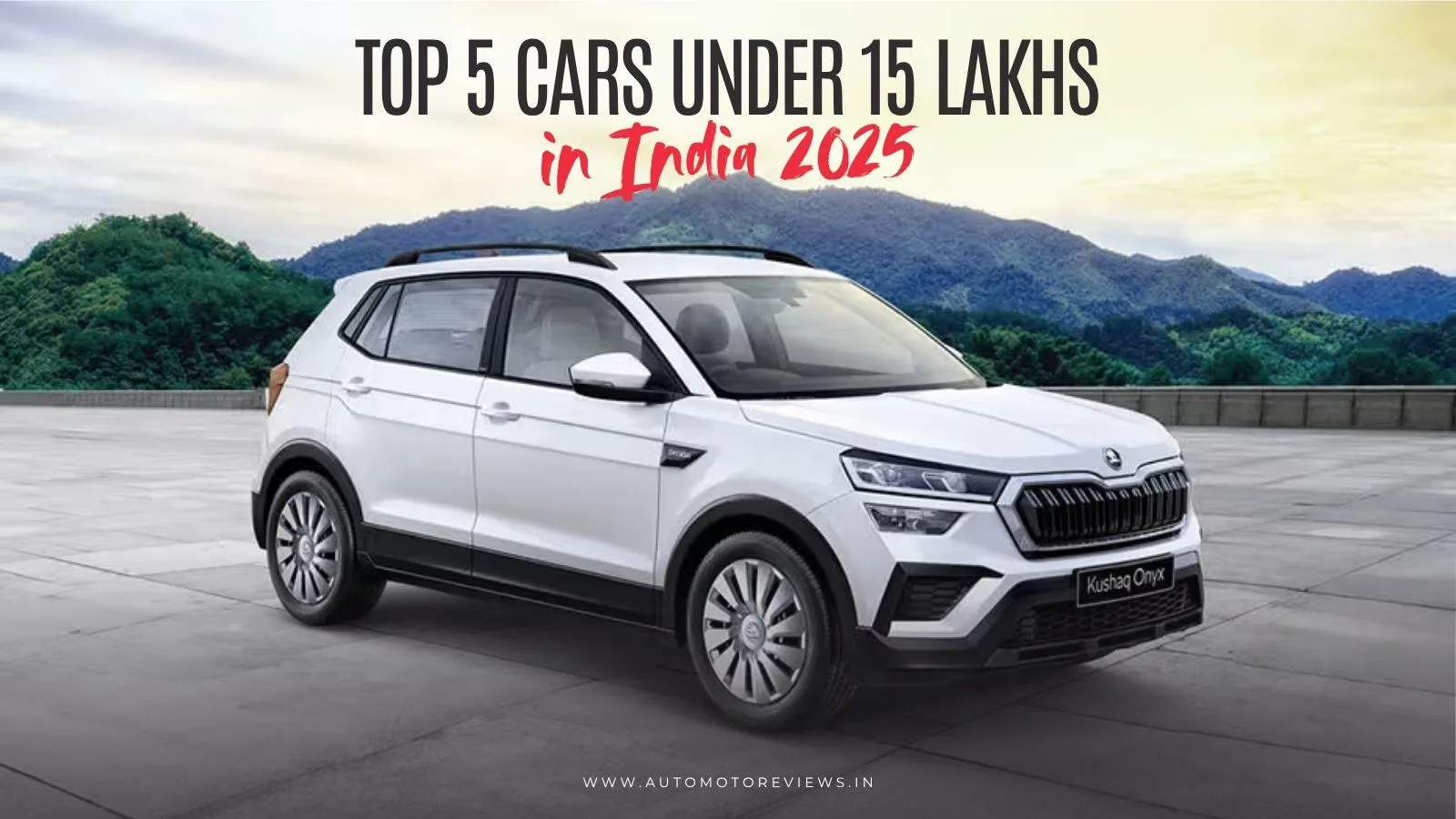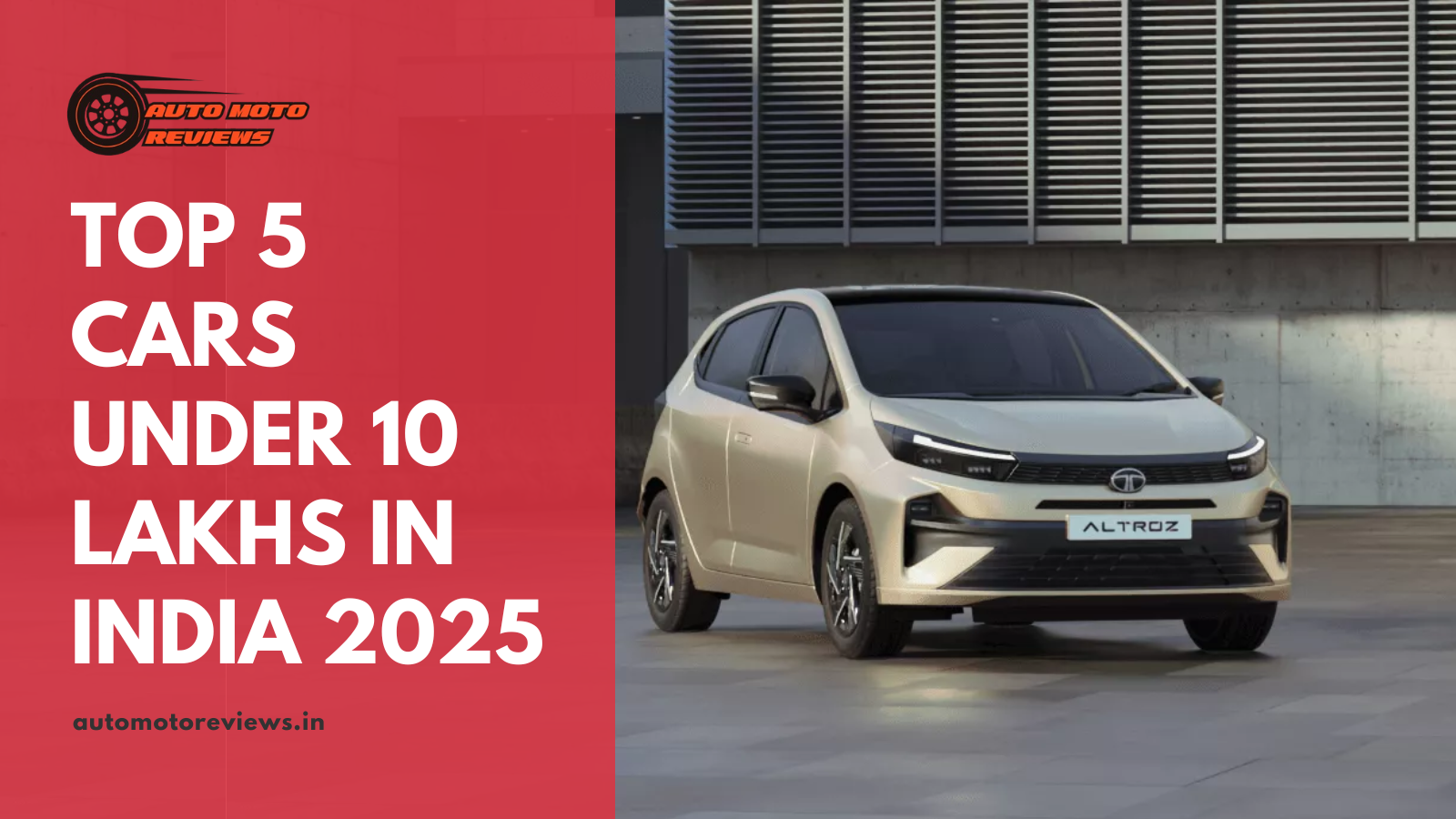Home Reviews Car Bike About Contact Us Home Reviews Car Bike About Contact Us Contact Us Top 5 Cars Under 15 Lakhs …
Tata Harrier EV Unveiled – Starting at ₹21.49 Lakh!

Welcome to an in-depth exploration of the all-new Tata Harrier EV, a game-changer in Tata Motors’ electric vehicle lineup. Priced starting at Rs. 21.49 lakhs ex-showroom, which translates to roughly Rs. 23 lakhs on-road, this SUV promises to blend the popular Harrier design with cutting-edge electric technology. In this detailed article, we will walk you through every aspect of the Harrier EV, from its exterior styling and interior features to performance specs and innovative technology integrations.
Exterior Design: Familiar Yet Fresh
At first glance, the Tata Harrier EV retains much of the bold and muscular design DNA of the regular Harrier, maintaining the iconic “H” design language Tata fans love. The front end features a closed grille, a signature element for EVs to improve aerodynamics and efficiency. The glowing Tata logo and camera setup add a modern, premium touch, showcasing where Tata is heading with all its new models.
Tata Harrier EV: Split-Lamp Design
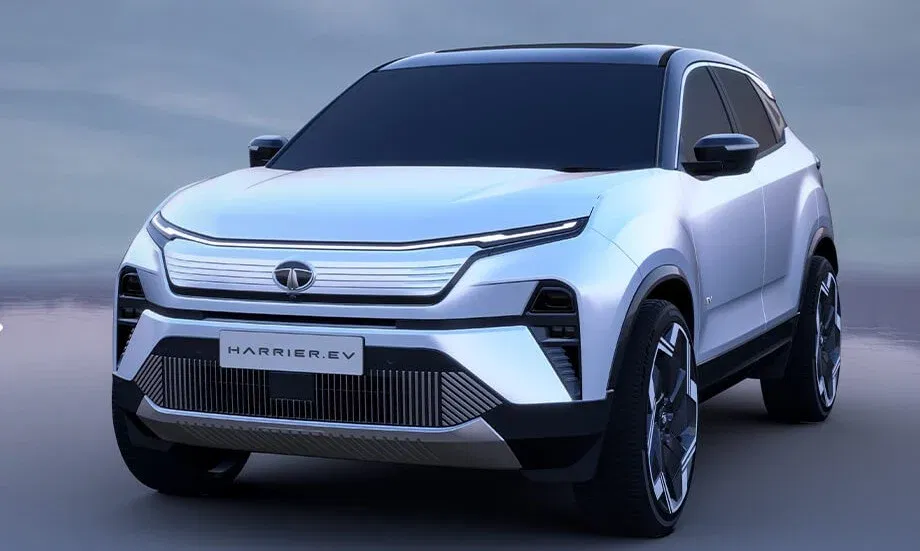
The lighting setup is split into two layers: the upper section houses the daytime running lamps (DRLs), while the lower section features LED headlights, continuing the design cues from the conventional Harrier. This split-lamp design gives the EV a distinct look while maintaining brand consistency.
Redesigned Alloys and EV Badge
When you look closely at the sides, the alloy wheels have been redesigned for aerodynamic efficiency — these are now aero wheels aimed at improving the vehicle’s range. The EV badge is prominently displayed, signaling the new electric identity of this SUV. The side mirrors remain largely unchanged, retaining the same design as the petrol/diesel variants.
Tata Harrier EV’s Signature Rear Styling
Moving to the rear, the Harrier EV continues the connected tail lamp design that we have seen in the regular Harrier. The EV badging here is larger and more prominent. You’ll also notice the QD AWD badge, indicating Tata’s all-wheel-drive technology, which is available on select variants.
Enhanced Visibility and Safety Features
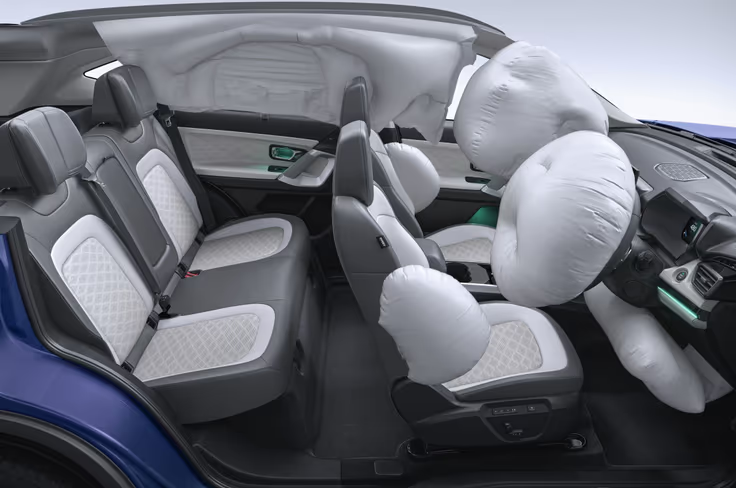
Roof rails and a shark-fin antenna add to the SUV’s rugged appeal, while a rear-mounted camera integrated into the antenna provides enhanced rear visibility. The rear bumper features six parking sensors (three on each side) to aid in parking and maneuvering.
Boot Space and Practicality
The Harrier EV’s boot space is rated at 500 liters, a decent figure for an SUV in this segment. However, the large battery pack underneath the floor slightly reduces the usable space compared to the petrol Harrier’s flat floor boot. The spare tire is also housed in the boot area, consuming some space. The boot lid is electrically operated, adding convenience.
If you enjoyed this post, be sure to check out our reviews on Tata Altroz Facelift 2025 Launched in India at ₹6.89 Lakh and Top 5 Cars Under 10 Lakhs in India 2025.
Tata Harrier EV Key Features and Digital Access
One standout feature of the Tata Harrier EV is its new key design. This key not only locks, unlocks, and opens the boot but also allows you to remotely move the car forward and backward. This summon mode is a handy feature for tight parking spots or when you want to call the car towards you.
Additionally, the Harrier EV supports a digital key option, allowing you to access and operate the car via your smartphone or a digital card stored in your wallet. This is a modern convenience that aligns with the car’s futuristic appeal.
Tata Harrier EV Interior Comfort: Spacious and Practical
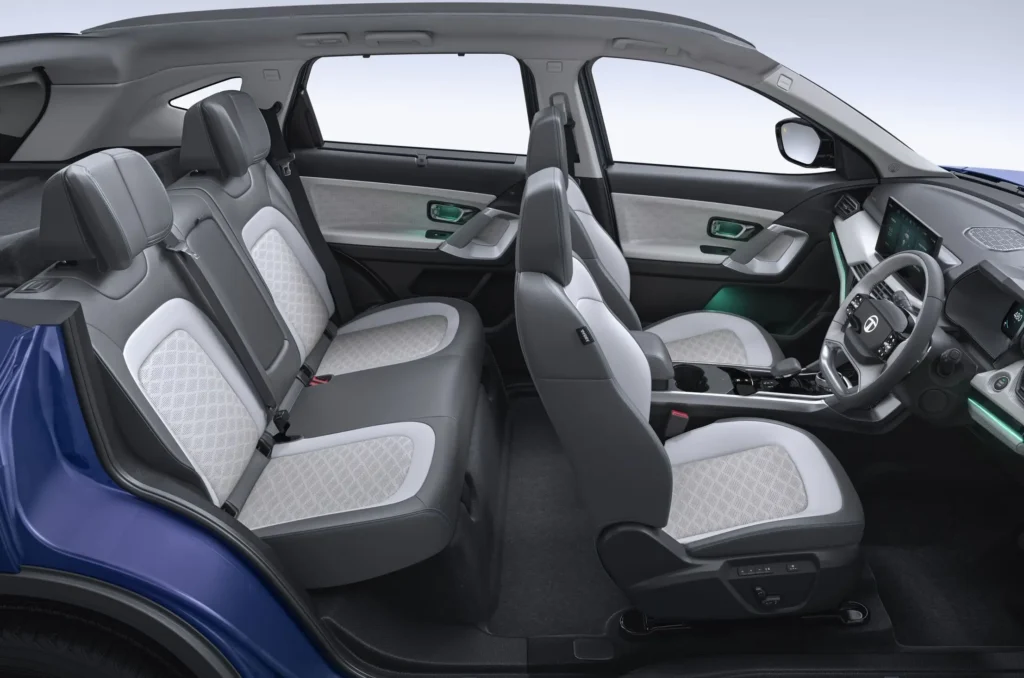
The rear seats of the Tata Harrier EV mirror the petrol variant in terms of space and comfort. The cabin is wide enough to comfortably seat three adults, with two headrests provided and a third one missing in this variant. The panoramic sunroof extends to the rear, enhancing the airy, open feel inside the cabin.
Harrier EV Interior: Roomy and Refined
The materials used inside are consistent with the regular Harrier — a mix of hard plastics and soft-touch elements placed strategically for comfort and durability. The floor is almost flat, allowing passengers more legroom and comfort, especially important for taller occupants. At 6 feet tall, you’ll find the knee room decent and headroom adequate.
Smart Features for Rear Passengers
Rear passengers get two 65W charging ports, which is a thoughtful inclusion for keeping devices powered on the go. While there are no dedicated rear AC vents, the front vents are positioned to ensure airflow reaches the back effectively. The rear seats also come with adjustable recline controls and sun blinds for added privacy and comfort.
Dashboard and Infotainment
The dashboard layout remains familiar to Tata fans, with an emphasis on functionality and ease of use. The steering wheel is similar to other Tata models, featuring manual height and reach adjustment. The buttons and controls are logically placed, and the overall finish blends hard plastics with soft-touch materials and ambient lighting, adding a premium feel.
Smart Display with Navigation Support
The instrument cluster is a fully digital 10-inch screen, customizable to show two dials or a single dial based on driver preference. It supports navigation, drive assist features, and other vehicle info, ensuring the driver has all essential data at a glance.
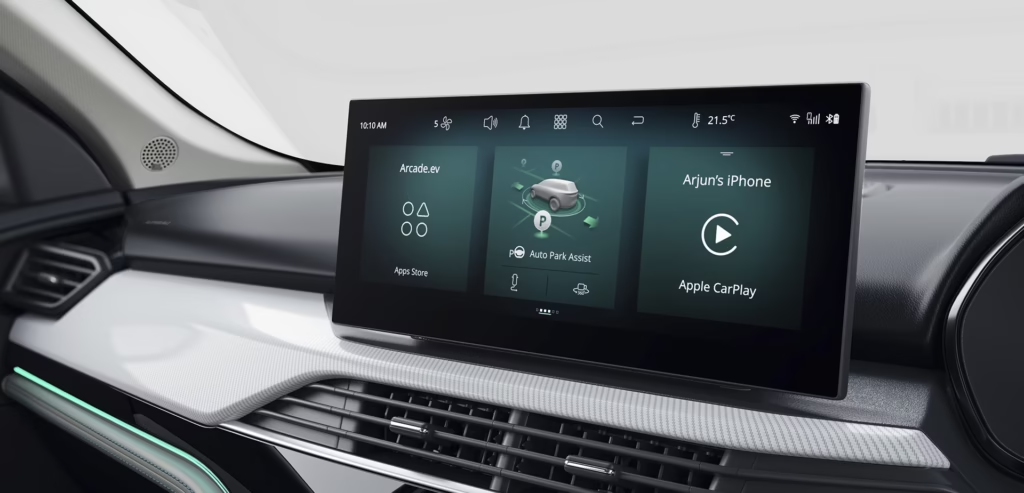
The centerpiece is a new 14.5-inch Neo Q LED touchscreen infotainment system developed by Samsung. While not an expert on screen quality, it feels close to HD quality, with good brightness and sharpness. The UI is consistent with Tata’s other vehicles, providing a familiar and user-friendly experience.
Smart Parking with 360-Degree View
One cool feature to highlight is the 360-degree camera system, which offers excellent visibility around the vehicle, especially useful in tight spaces. The built-in dashcam with 64GB storage is another thoughtful addition, ensuring your journeys are recorded for security and peace of mind.
Sound System and Connectivity
The Harrier EV comes equipped with a premium JBL sound system, featuring nine speakers and a subwoofer for rich audio quality. This upgrade ensures an immersive sound experience whether you’re listening to music or taking calls via the integrated system.
Connectivity options include wireless Android Auto and Apple CarPlay, allowing seamless smartphone integration and access to apps, navigation, and music.
Performance and Battery Specifications
The Tata Harrier EV offers two battery options: a 65 kWh pack and a larger 75 kWh pack. The larger battery provides a real-world driving range of approximately 480 to 505 kilometers, which is more than adequate for daily use and longer trips.
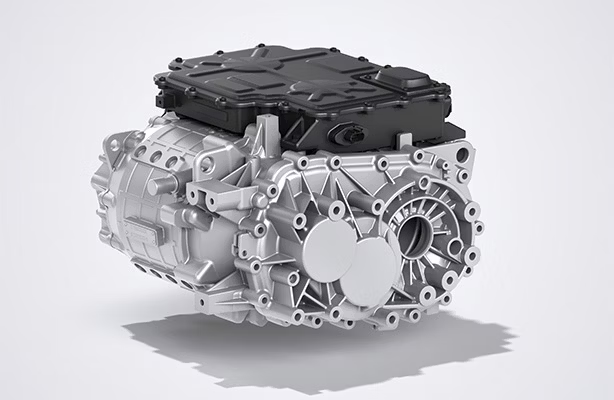
Powertrain options include a rear-wheel-drive (RWD) variant with around 238 PS and an all-wheel-drive (AWD) variant delivering close to 350-370 PS combined power. The AWD model can accelerate from 0 to 100 km/h in just 6.3 seconds, making it impressively quick for an electric SUV of this size.
Tata Harrier EV Supports Rapid Charging
Powertrain options include a rear-wheel-drive (RWD) variant with around 238 PS and an all-wheel-drive (AWD) variant delivering close to 350-370 PS combined power. The AWD model can accelerate from 0 to 100 km/h in just 6.3 seconds, making it impressively quick for an electric SUV of this size.
However, charging at home with an AC charger is slower, limited to 7.2 kW, which means a full charge could take 11 to 12 hours. A faster 11 kW AC charger would have been ideal for quicker overnight charging, but this is currently missing.
Additional charging features include vehicle-to-load (V2L) and vehicle-to-vehicle (V2V) charging capabilities, albeit at a modest 3.3 kW output, allowing you to power external devices or even other EVs in emergencies.
Tata Harrier EV Safety and Driver Assistance Features
The Tata Harrier EV is packed with advanced safety and convenience features. The vehicle sports six sensors at the front and six at the rear, enhancing parking assistance and collision avoidance. Auto park assist and reverse trace features make maneuvering in tight spaces effortless, with the car capable of pulling itself out of a parking spot at the push of a button.
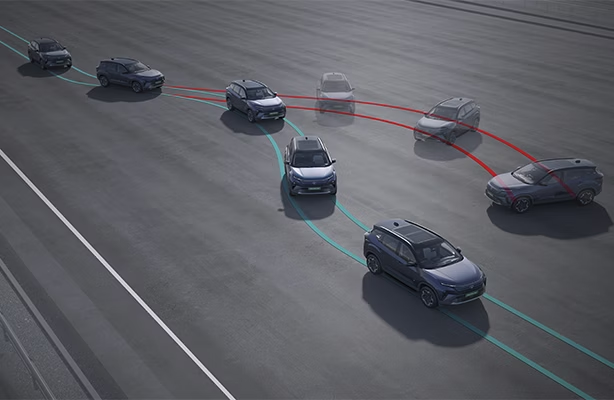
Other safety highlights include a pedestrian alert system (V2A) that emits sound at low speeds to warn nearby people of the vehicle’s presence — a critical feature for silent EVs operating in urban environments.
Tata Harrier EV Comfort and Convenience
The front seats are wide and supportive, with good bolstering to keep occupants comfortable during long drives. The headrests are soft and cushioned, enhancing overall comfort. The cabin also features two-zone climate control, allowing driver and front passenger to set individual temperatures.
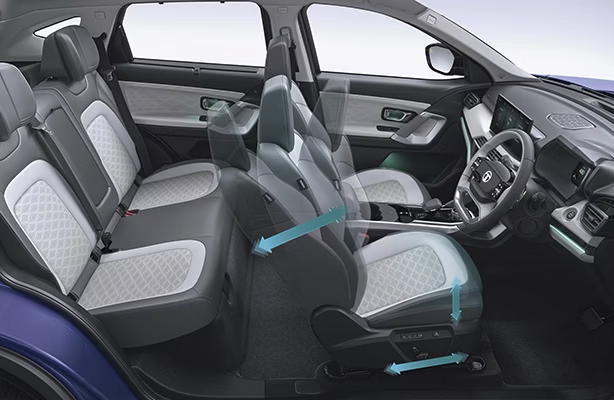
Charging ports, wireless charging pads, and ample storage spaces throughout the cabin add to the convenience factor. The gear lever remains similar to the regular Harrier, with a familiar layout and operation.
Conclusion: Is the Tata Harrier EV the Right Choice?
The Tata Harrier EV is a well-rounded electric SUV, offering up to 627 km range, AWD performance, fast charging, and premium features like a JBL sound system and ADAS. While boot space and home charging could be better, its starting price of ₹21.49 lakh makes it a strong contender in the EV market. Bookings begin in July — perfect for buyers seeking a stylish, powerful, and future-ready SUV.
Frequently Asked Questions
Read the latest property how-to guides, and information and tips for buying, selling, investing and renting.
Property owners and tenants can claim and track their property to monitor the estimated value and learn about recent sales for similar properties. By understanding your relationship to the property, we can tailor what we show and send you to make it more relevant to your situation.
Several electric vehicles in India offer a range of around 500 km or more:
Mahindra BE 6: Offers a range of up to 683 km.
Mahindra XUV 9e: Provides a range of 656 km.
Tata Harrier EV: Delivers a claimed range of up to 627 km.
The Tata Harrier EV is a 5-seater SUV. It features two rows of seating, accommodating up to five occupants comfortably.
The Tata Harrier EV offers a claimed range of up to 627 km on a single charge, depending on the battery pack chosen (65 kWh or 75 kWh).
The Tata Harrier EV is priced at ₹21.49 lakh (ex-showroom).
Bookings for the Tata Harrier EV will commence on July 2, 2025.
Yes, the Tata Harrier EV supports 120 kW DC fast charging, allowing the battery to charge from 0 to 80% in approximately 25 minutes.
Home Reviews Car Bike About Contact Us Home Reviews Car Bike About Contact Us Contact Us Top 5 Upcoming Cars in India …
Home Reviews Car Bike About Contact Us Home Reviews Car Bike About Contact Us Contact Us Tata Harrier EV Unveiled – Starting …
Home Reviews Car Bike About Contact Us Home Reviews Car Bike About Contact Us Contact Us Top 5 Cars Under 10 Lakhs …

